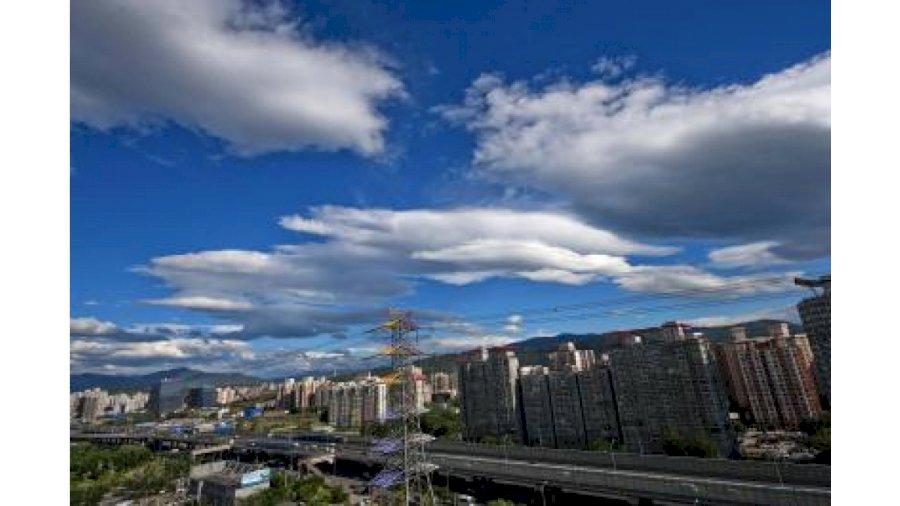Images of clear, blue skies instead of heavy smog post Covid-induced lockdowns were more due to weather and not just because of people being indoors, say researchers citing that the effect of lockdown on particulate matter (PM)2.5 was modest.
PM 2.5 is the leading environmental risk factor for premature mortality globally.

A team led by Washington University in St Louis, US, showed that the reports proclaiming Covid lockdowns drastically reduced pollution were mostly referring to nitrogen dioxide, NO2, a reactive gas emitted from burning fuel.
Because PM 2.5 often comes from the same sources as NO2, the researchers also began to question whether the lockdowns resulted in a decline of PM 2.5.
They found seasonal differences in PM 2.5 between recent years were driven primarily by the natural variability of the meteorology, not by pandemic lockdowns.
"Intuitively you would think if there is a major lockdown situation, that we would see dramatic changes, but we didn't," said lead researcher Melanie Hammer, from the varsity.
"It was kind of a surprise that the effects on PM 2.5 were modest," Hammer added. The findings are published in the journal Science Advances.
"Tackling PM 2.5 is a very complex issue, and you have to take into account its multiple sources, not just the fact that fewer people are on the road," Hammer said. "Just decreasing transportation emissions would not be enough to account for the complexity of the problem."
By combining NASA spacecraft data with ground-based monitoring and an innovative computer modeling system, the scientists mapped PM 2.5 levels across China, Europe and North America from January to April in 2018, 2019, and 2020.
The meteorological effects analysed in the study include changes in the sources of mineral dust, the way pollutants react to sunlight in the atmosphere, mixing and heat transfer, as well as the removal of pollutants from the atmosphere by precipitation.
While there weren't many clear signals over North America or Europe, the most significant lockdown-related differences were detected in China.
Hammer suspects that the change in PM 2.5 levels over the North China Plain was so striking because of how polluted it tends to be in "normal" times. "You're probably more likely to see a larger reduction in a region that has higher concentrations to begin with," he noted.

















